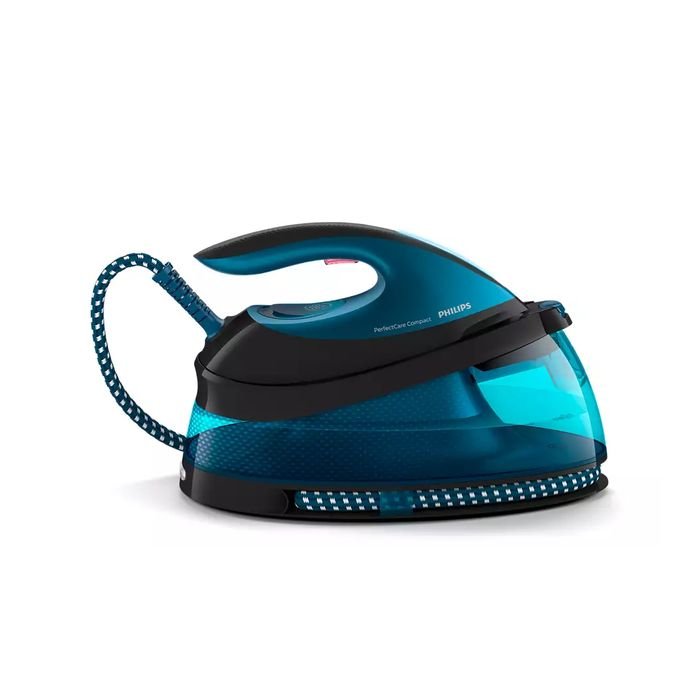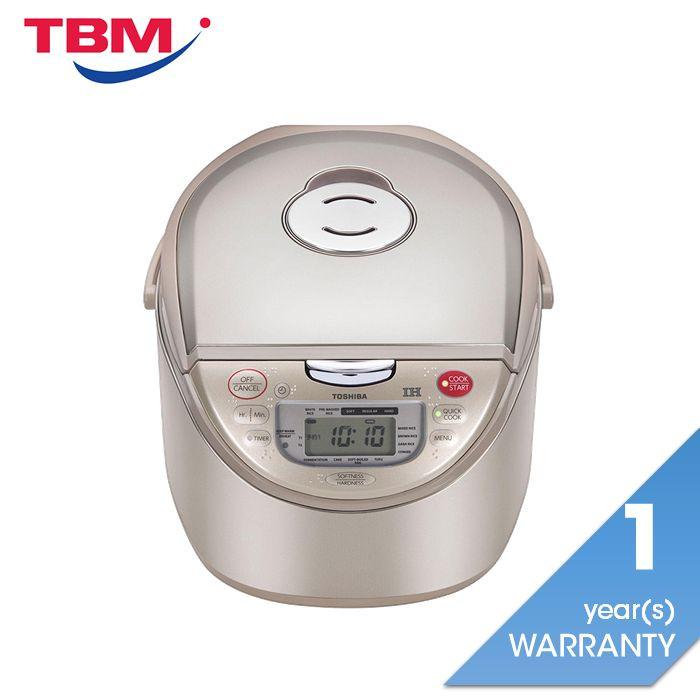Air Conditioners
A) Types of air conditioners
B) Things to consider when purchasing
C) Air conditioner technology
D) Replacing old or existing unit
E) Installation
A) Types of air conditioners
| Type | Description | Product Image |
|
Wall Split |
|
|
|
Ceiling Cassette |
|
|
|
Ceiling Exposed |
|
|
|
Portable |
|
B) Things to consider when purchasing
- Energy savings
- Inverter: The inverter continuously adjusts the temperature by changing the motor speed without turning it off. This will help improve performance, energy efficiency, and save your electricity bill
- Non-inverter: The non-inverter adjusts the temperature by turning the motor on and off. The motor runs at full speed every time it turns on, causing inefficient use of energy and fluctuation of temperature
*Rates based on TNB’s tariff rates 2014
- Cooling capacity
- The cooling capacity is what determines the power of your air conditioner. Cooling capacity is basically the heat load in a room that we have to remove in order to achieve a certain room temperature and humidity
- Heat load is measured in BTU/hour. The higher the BTU, the higher the cooling capacity. A compressor with 1HP capacity is able to remove approximately 9,000 BTU/hr of heat
- Heat in a room can come from many sources. From the outside, heat can come through windows, roofs, and walls. The more exposure to the heat source, the higher the heat load. Rooms facing east and west have a higher heat load than rooms facing north and south
- Internal heat sources that might affect the heat load of a room are the number of people and their activities. So, when you are looking for an air conditioner, make sure to be specific about the usage of the room
-
How to calculate the cooling capacity for your room:
Total BTU required = A + B
A: Room Width (Feet) x Room Length (Feet) x 50
B: No of people x 500
C) Air conditioner technology
- Refrigerant types
- R22 (limited): Still in use in the market (existing air conditioners) but new units no longer sold since 2016. Phasing out in 2020 because of its ozone depletion potential and high global warming potential. There may be shortage for servicing existing units in the future
- R410A: Less contribution to the depletion of the ozone layer compared to R22. Better at absorbing and releasing heat than R22 refrigerant
- R32: Commonly known as the new refrigerant. Least negative contribution to the environment. Requires less refrigerant volume. Conveys heat efficiently
- Inverter Compressor
- Non-inverter
- Inverter
- Connection
- 1-to-1 indoor to an outdoor connection (for normal residential or small spaces)
- Multi-split: Up to 5 indoor units to 1 outdoor unit
- VRF/VRV: Variant refrigerant flow/ variant refrigerant volume. The outdoor unit will examine outdoor conditions and the indoor requirements and operate at the exact level needed. Able to connect multiple indoor units to single or multiple outdoor units based on requirements. Keeps the building organized and looks clean
- Others
- Ionizer
- Fast cooling
- Sensor (motion)
- Mosquito repellent
D) Replacing old or existing unit
- Check whether your existing piping is for R22 gas or R410A/R32. R410A and R32 gasses can share the same piping
- The wiring connection is to the indoor or outdoor unit. Find out if rewiring is required for the new unit
- New wiring may also be required if changing to a unit with a higher cooling capacity
E) Installation
Take note of the following points as they could affect the safety and quality of the installation
- Quality of concealed or exposed piping
- Decide whether you intend to conceal all wiring and piping before your home renovation so that the installation can be done without hacking your walls again after it is completed
- If you require your wiring and piping to be concealed, plan wisely so that the air conditioner is ready at the right phase of your renovation
- Wiring to DB (safety) and wire size
- All air conditioners should be wired directly to the DB for safety reasons.
- It is important to ensure that your installer uses wires of the correct size (varies for air conditioners of different cooling capacities). Undersized wires may heat up quickly when the unit is in use and could result in a meltdown or fire hazard
- Pipe length from indoor unit to outdoor unit







![[TBM Member Monthly Special][Instant Rebate] Philips GC7846/86 Steam Generator Iron 2400W | TBM Online](http://shop.tbm.com.my/cdn/shop/products/philips-steam-generator-gc784686-tbm-online-8740209.jpg?v=1761776072&width=1000)


![[CLEARANCE][Display Set] Panasonic EH - SP30 Facial Static Roller | TBM Online](http://shop.tbm.com.my/cdn/shop/files/panasonic-facial-therapy-eh-sp30-tbm-online-5125045.jpg?v=1761777081&width=900)
![[CLEARANCE][Display Set] Panasonic EH - SP30 Facial Static Roller | TBM Online](http://shop.tbm.com.my/cdn/shop/files/panasonic-facial-therapy-eh-sp30-tbm-online-9097996.jpg?v=1757310653&width=1000)




